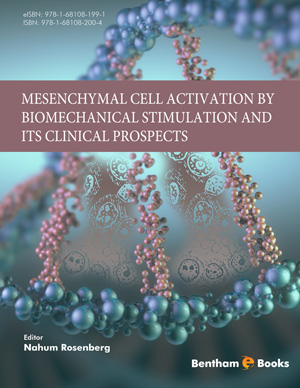Abstract
The metabolic response of mesenchymal cells in mechanically active environments depends on the interactions between fluid flow, intra and/or extracellular, with the cytoskeletal components, especially microfilaments. Therefore, in vitro research of cellular mechanotransduction requires experimental methods that should include two major components: cultured cells adherent to firm surface that are exposed to controlled mechanical stimulation. The most commonly used mechanical models for the in vitro study of cellular responses to mechanical forces at low frequencies (below 5 Hz) utilize controlled cyclic stretching, when attached to elastic membranes, and exposure of cell cultures to a controlled fluid flow. For higher frequencies of mechanical stimulation (in the infrasonic range) application of external vibration is a preferred method. Methods of mechanical stimulation of mesenchymal cells in vitro are based on their ability to adhere to plastic surfaces. Therefore the anchorage of these cells to a surface provides the possibility to transfer mechanical force from the solid out-surface into the cells. Most of the mesenchymal cell types are metabolically sensitive to the externally applied mechanical force. Osteoblasts are the best example for cellular sensitivity to mechanical stimulation therefore we describe the methods for mechanical stimulation of these cells, but the same methods are also applicable to other mesenchymal cells, such as chondroblasts, fibroblasts, mesenchymal stem cells, etc.
Keywords: Fluid shear, stretching membrane, vibration.






















